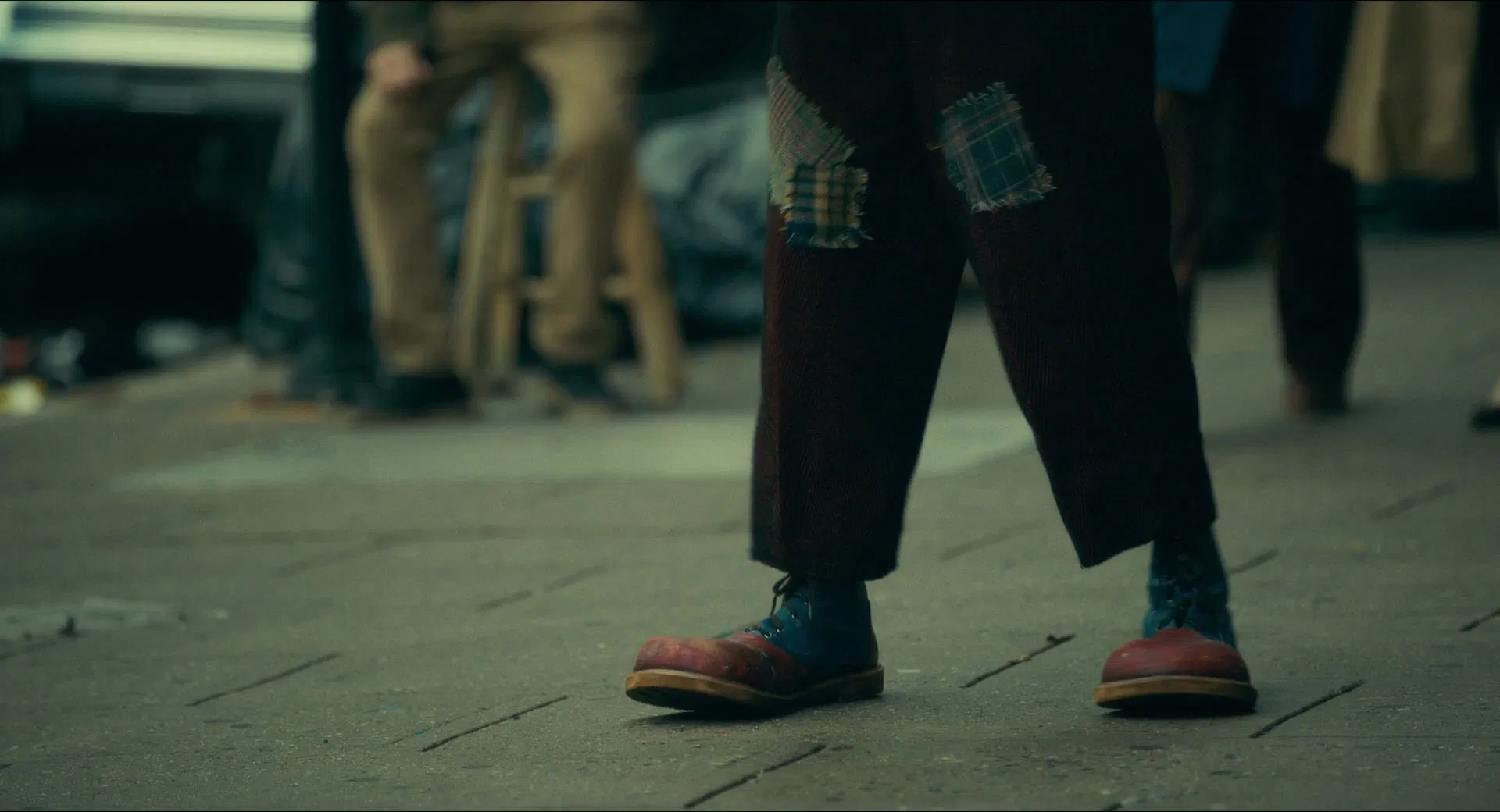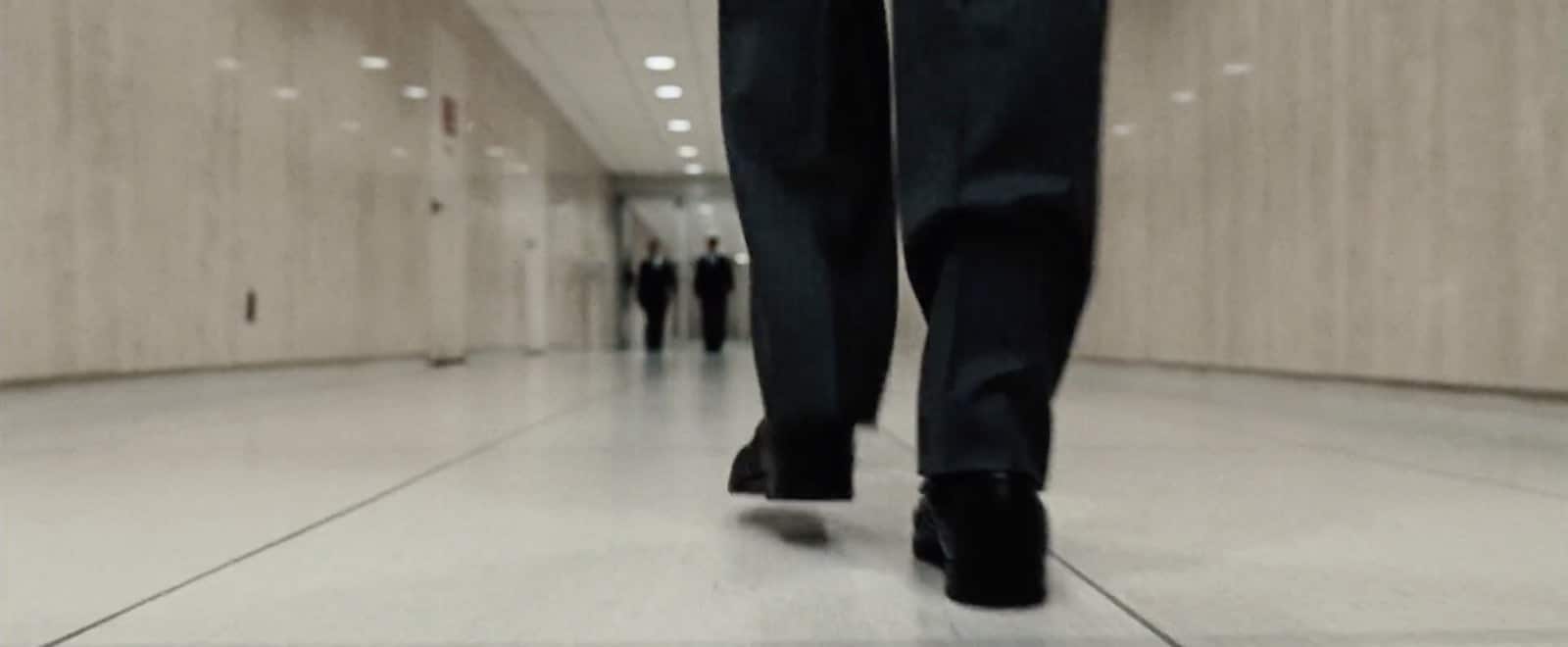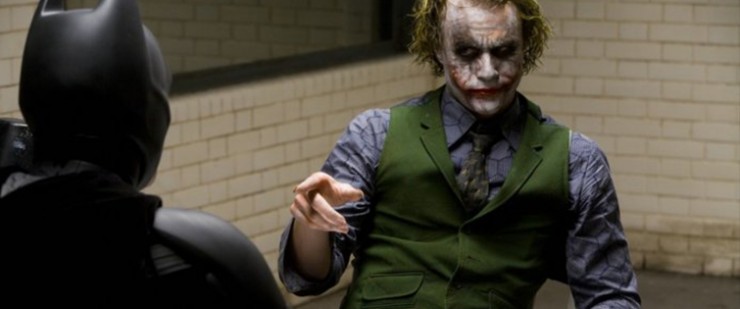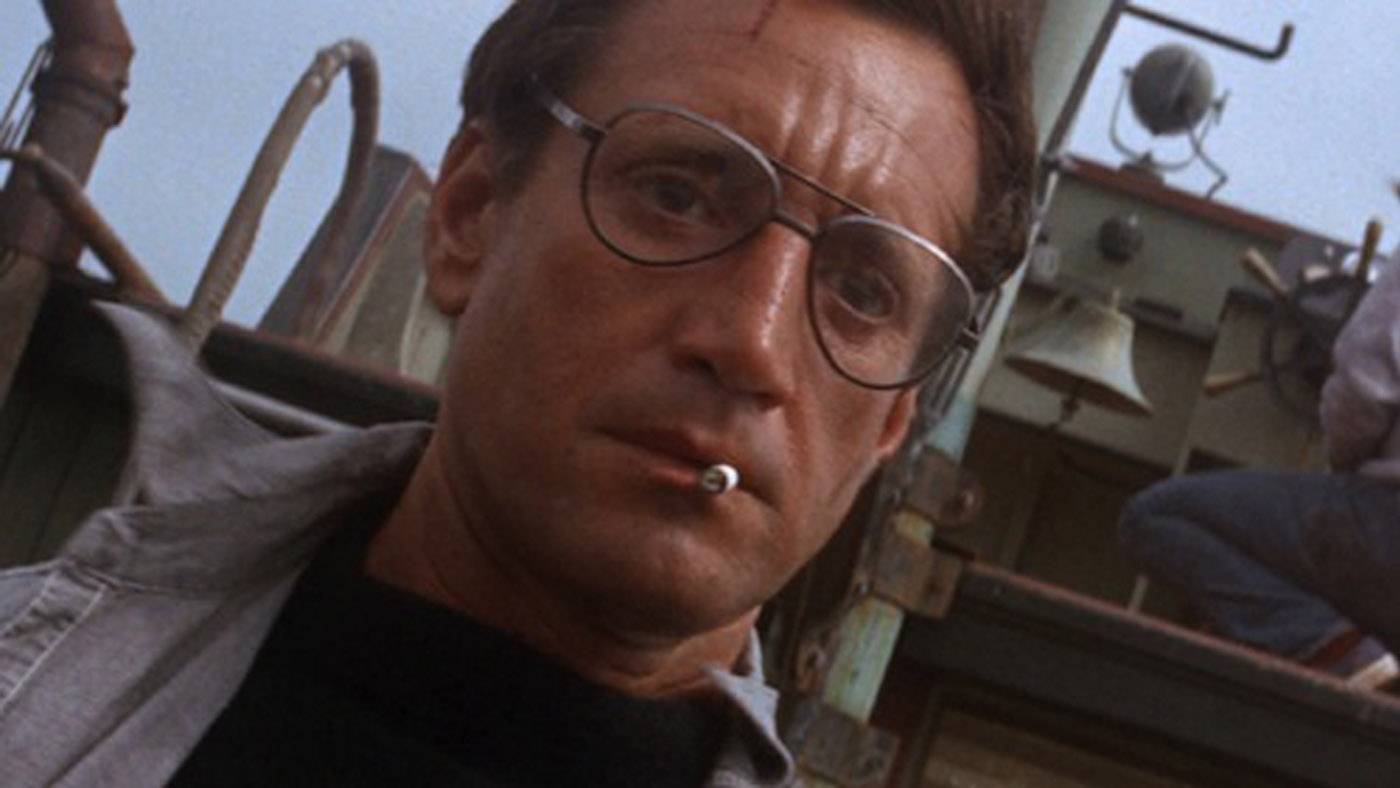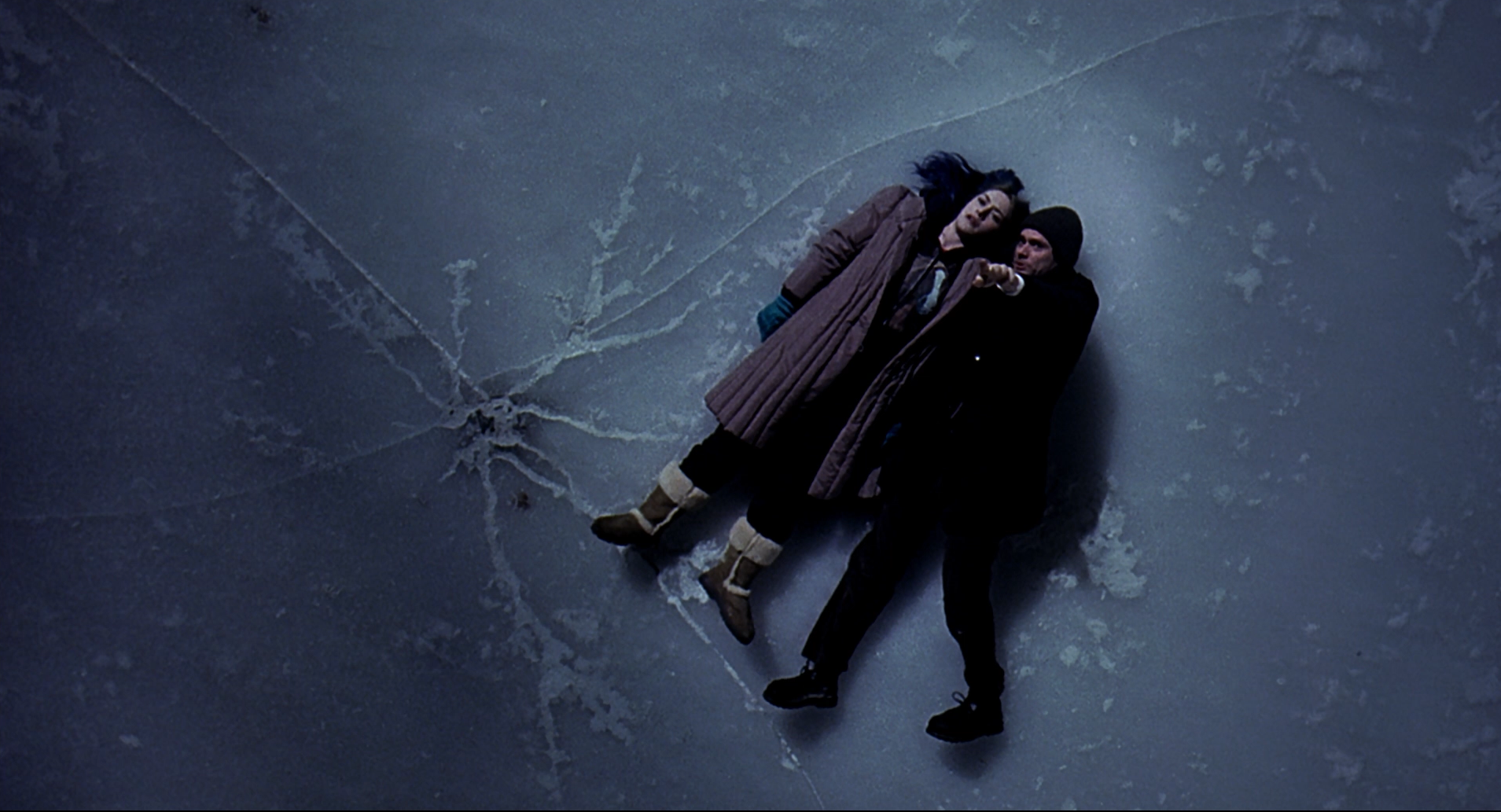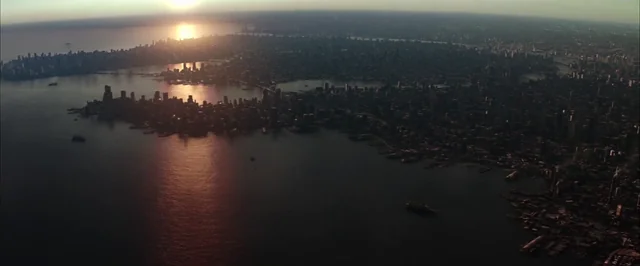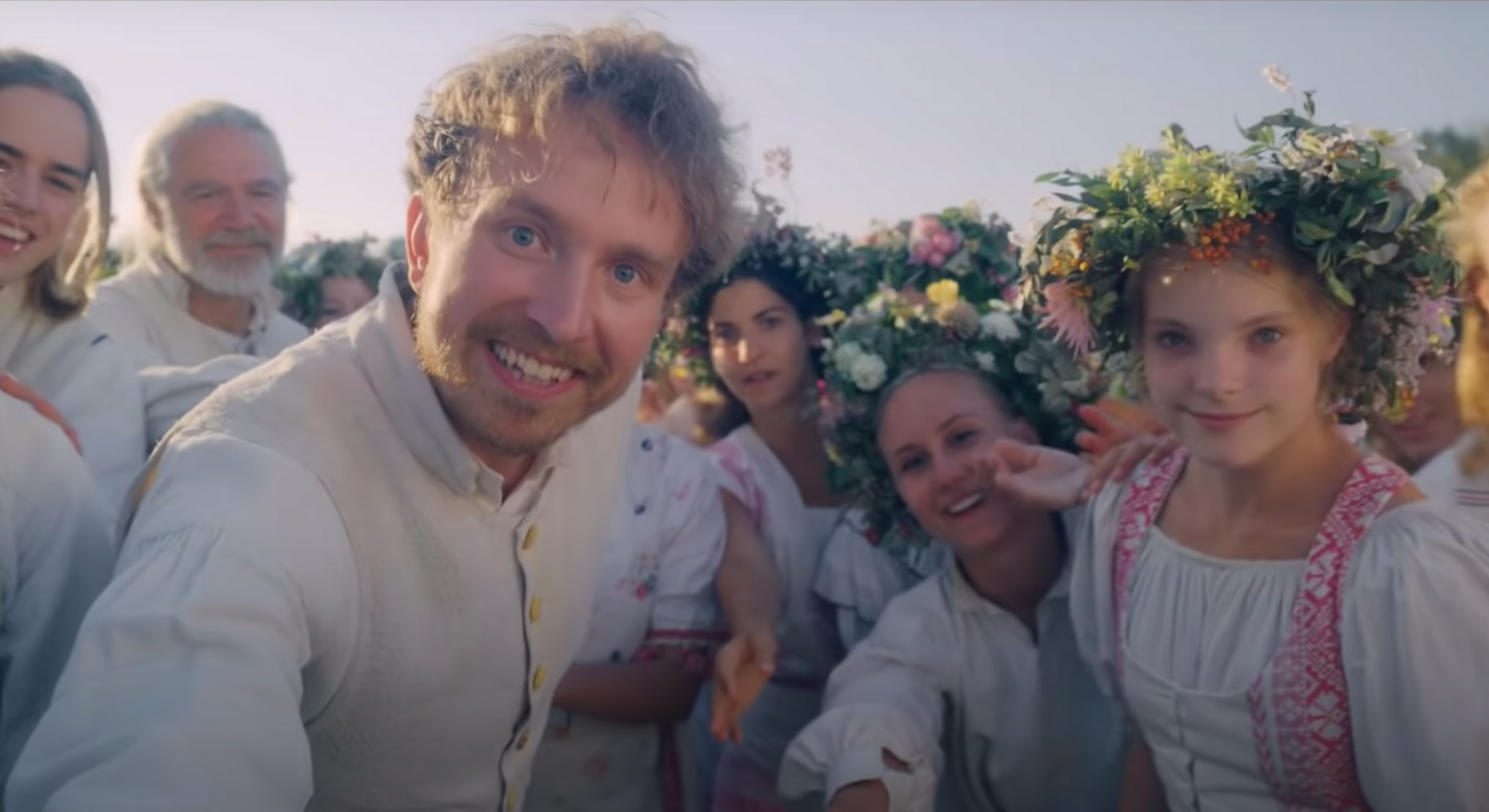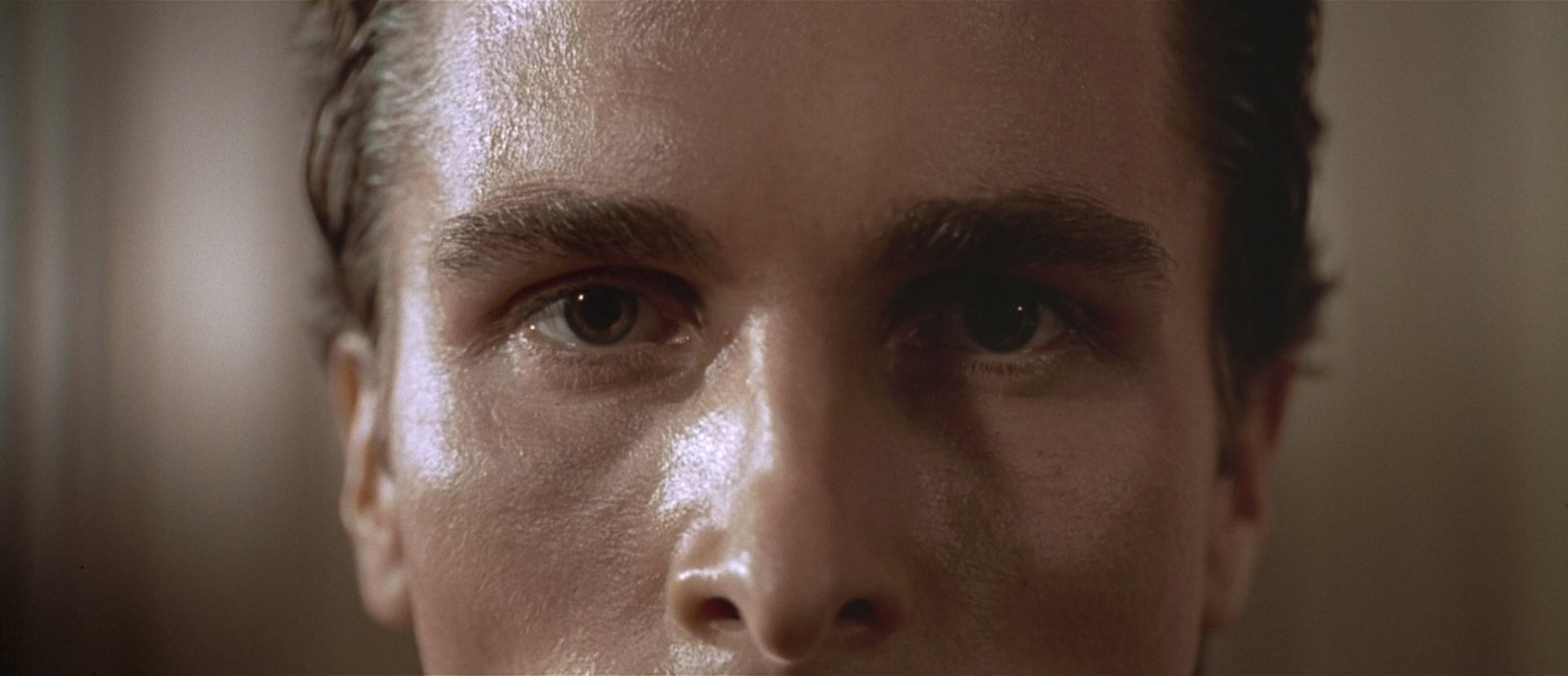Welcome to the ultimate guide to camera angles in film! Whether you’re a budding filmmaker, a seasoned video creator, or a starting video editor, mastering the art of camera angles is essential for crafting captivating visual stories. From close-ups, through slanted camera angles, to aerial shots, each angle plays a crucial role in conveying emotion, setting the scene, and engaging your audience. So grab your camera and let’s dive into the wonderful world of cinematic storytelling through the lens of different camera angles!
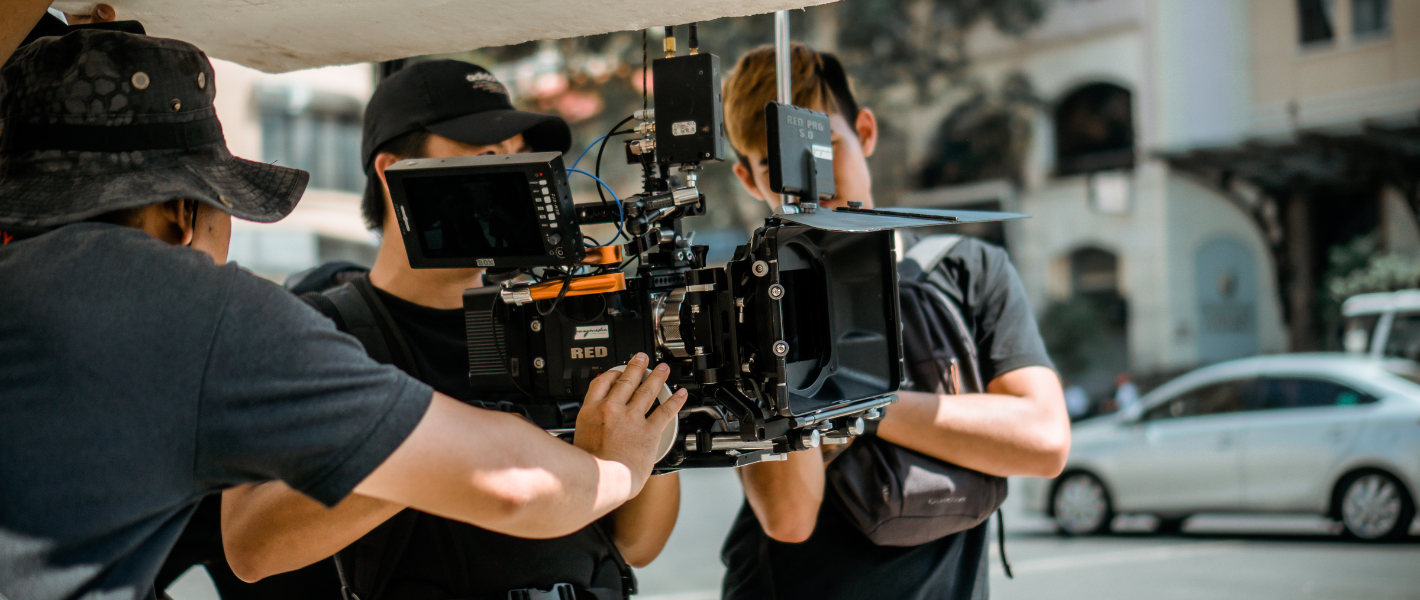
1. Close-Up: Zooming into Emotions 🧐
Alright, fam, let’s kick it off with the close-up – the OG of capturing emotions and those tiny deets. Imagine your character’s face hogging the screen, spillin’ all the feels. It ain’t just about faces; it’s like shining a spotlight on motifs or symbols, directing your audience’s gaze. Use the close-up when you wanna bare the soul of your character or highlight a crucial element in your narrative. From tears to laughter, the close-up is your emotional rollercoaster.

2. Medium Shot: The Sweet Spot 🎯
Meet the medium shot, the ‘sweet spot’ that finds balance between character vibes and the backdrop. It’s like the Tinder of camera shots – perfect for dialogue-driven scenes. This shot’s got the deets on body language, revealing how characters groove with their environment. When your characters are spittin’ fire in a conversation and you want both the speaker’s expressions and reactions, drop in a medium shot. It’s the recipe for that perfect balance.
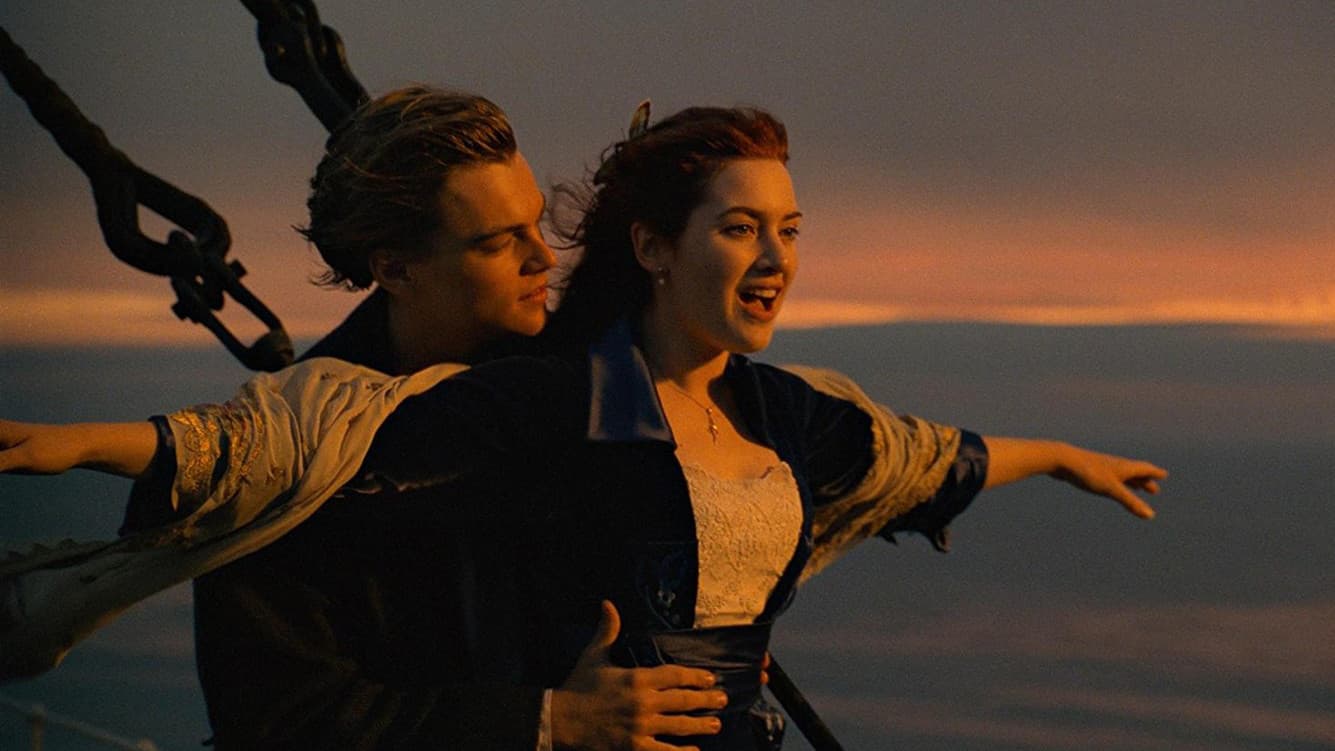
3. Long Shot: Setting the Scene 🌎
Now, enter the grand stage with the long shot – the panoramic masterpiece that sets the vibe. It’s like the storyteller’s canvas, showcasing characters and their playground. Iconic scenes? Yup, that’s what the long shot’s all about. Use it as an establishing shot to kick off a scene or when you wanna give the audience a breather, soaking in the surroundings. Think of it as pulling back the curtain to unveil your cinematic world.
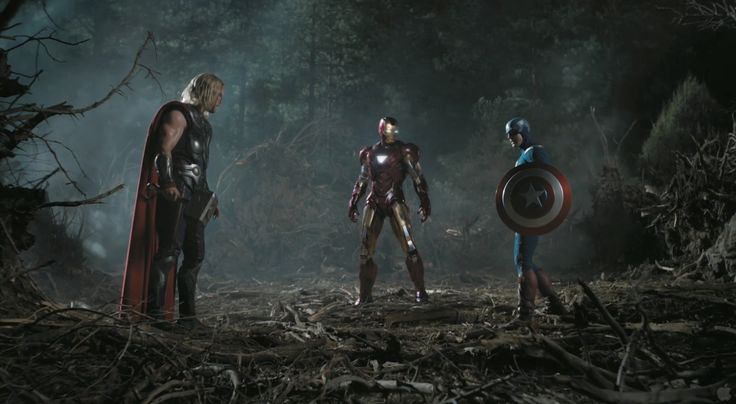
4. Eye Level Shot: Real Talk Perspective 👁️
Keepin’ it real with the eye level shot – the neutral ground where subjects meet eyes. It breaks down boundaries, mimicking real-life connections. Directors might flirt with other heights, but this shot keeps it raw, connecting your audience with the characters. When you want your audience to feel an intimate connection or engage in a heart-to-heart moment, stick with the eye level shot.
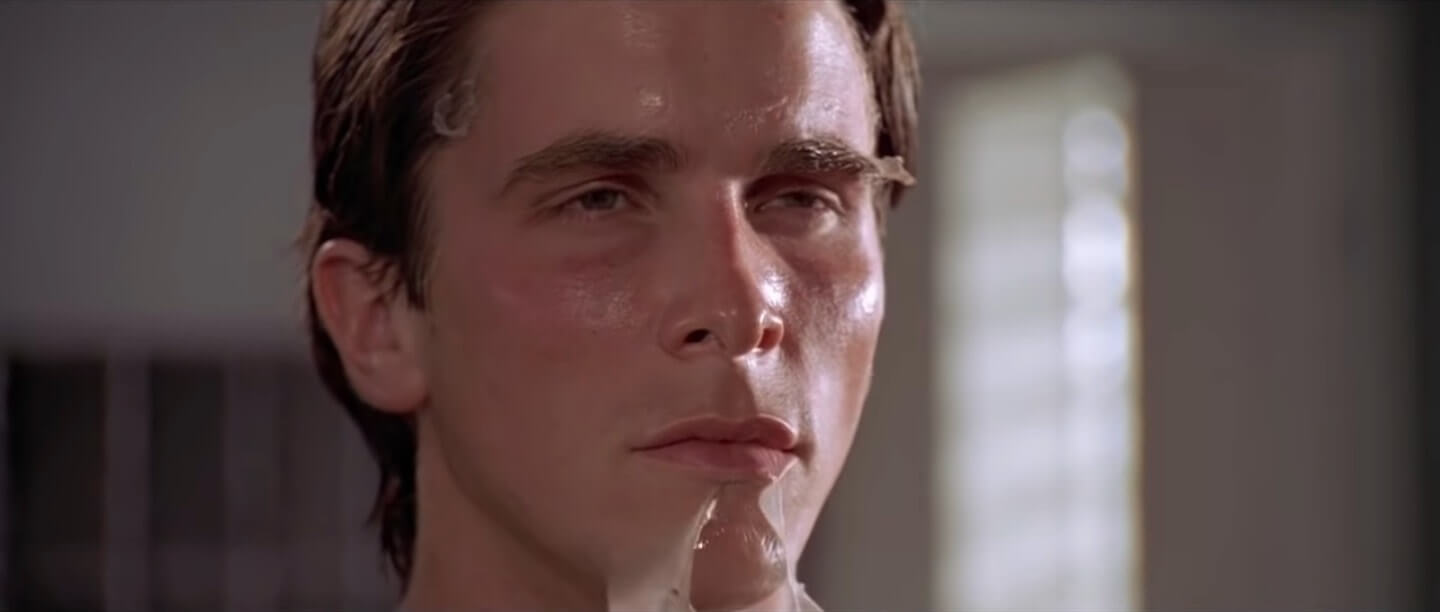
5. Low Angle Shot: Power Play Perspective ⬇️
Time for some power moves with the low angle shot. From below the eyeline, it screams authority and fear, a game-changer for character dynamics. When you want that extra punch of superiority, this angle is your go-to move. Use it when a character is about to drop some major truth bombs or to evoke a sense of awe. It’s your cinematic trump card for moments of dominance.
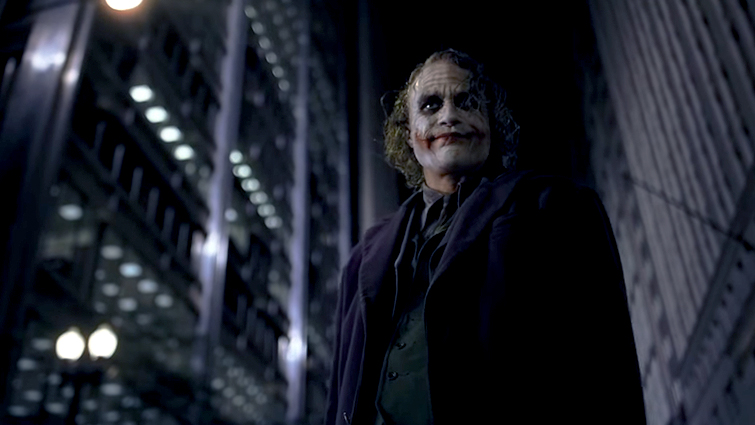
6. High Angle Shot: Looking Down Drama 📉
In the high angle shot, the camera gazes down, creating a vibe of inferiority. Versatile, it crafts vulnerability and power dynamics. From classics to exceptions, this angle adds layers to your storytelling palette. When you wanna make a character seem small or powerless, this angle’s got your back. Think of it as your secret weapon to play with perceptions.
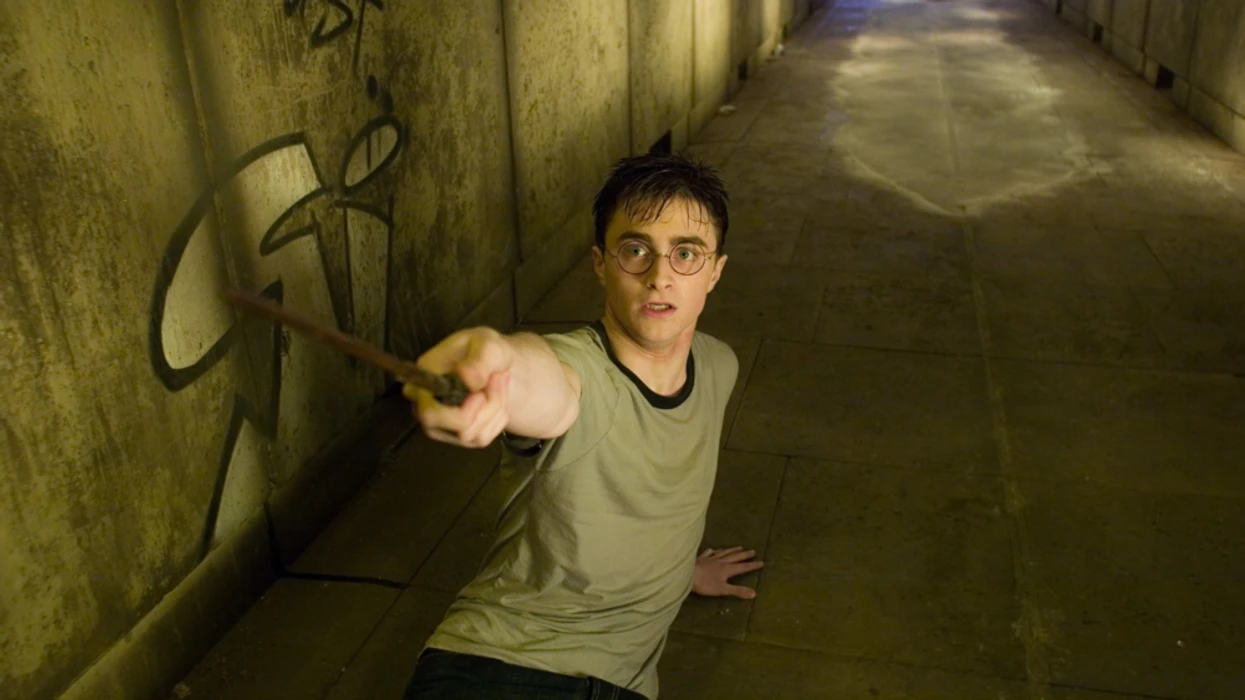
7. Cowboy Shot: On the Hip Horizon 🤠
Saddle up for the Cowboy Shot – a waist-high spectacle capturing both standing and seated subjects. Ideal for action near the hip, it’s your cinematic holster for those intense face-offs. As the lens zooms out, it frames your subject with just the right headroom. Use it when you wanna showcase characters with some swagger or when you have action happening near the waist. It’s the cowboy’s choice for those iconic showdowns.

Film Composition Examples
Within this FREE PDF, you will discover:
- film composition examples in movies
- how filmmakers employ composition techniques
- how to create unforgettable cinematic experiences

8. Knee Level Shot: Stride with Superiority 🚶♂️
Dip lower with the knee-level shot, all about emphasizing superiority without goin’ extreme. Perfect for characters on the move or, in Home Alone style, those sneaky moments that give viewers a suspenseful peek. When you wanna emphasize a character’s dominance without the intensity of a low angle, the knee-level shot is your subtle yet impactful move. It’s your cue for moments when you want the audience to take a sneak peek into the character’s world.
9. Ground Level Shot: Walking the Talk from Below 🌱
Step onto the ground level with the ground level shot – a low-key yet impactful angle. Ideal for character walks, it keeps faces hidden, making viewers active participants. The actor’s performance takes the lead in building the narrative. Use it when you wanna create suspense or intrigue by concealing your character’s face. It’s the subtle art of making your audience crave more.
10. Shoulder Level Shot: Standard Heights, Unstandard Vibes 🤷♂️
Meet the shoulder-level shot, hitting the standard height with unstandard vibes. As high as your subject’s shoulders, it’s a cinematic choice that keeps your actor’s height in check. Use it when you want a standard yet engaging shot. It’s your go-to move for scenes where you want the focus on the characters without the emotional charge of a high or low angle. It’s the everyday hero of camera angles.
11. Dutch Angle: Tilted Tales of Tension 🔄
Get ready to tilt with the Dutch Angle – a slanted view that sparks disorientation and tension. This twist on the horizon lines amplifies emotion and suspense, makin’ it perfect for those heart-pounding scenes. When you wanna crank up the tension or give your audience a sense of unease, throw in a Dutch Angle. It’s the cinematic curveball that keeps ’em on the edge of their seats.
12. Overhead Shot: Divine Perspectives from Above 🕊️
Elevate your storytelling with the overhead shot – a bird’s eye view that adds a divine touch. Offering a unique perspective, it’s a neutral observer, giving viewers a majestic insight into the unfolding narrative. Use it when you want to provide a grand overview of a scene or when you wanna instill a sense of divine intervention. It’s your cinematic eye in the sky, capturing the bigger picture.
13. Aerial Shot: Soaring Heights of Spectacle 🚁
Go sky-high with the aerial shot – a cinematic spectacle captured from helicopters or drones. Once a luxury, now accessible with drones, it showcases vast landscapes and establishes scenic expanse. The sky’s not the limit; it’s the beginning. Use it when you want to showcase the grandeur of a location or establish the vastness of a landscape. It’s your passport to breathtaking visuals that take your storytelling to new heights.
14. POV (Point of View) Shot: Walk a Mile in Their Shoes 👟
Wanna step into your character’s kicks? The POV shot is your golden ticket. It’s the immersive technique lettin’ viewers experience the world through your character’s eyes, forging an instant connection. Perfect for action sequences, thrillers, or any scene where you want your audience to experience the world from the protagonist’s perspective. Use it when you wanna create a direct connection between the audience and the character. It’s the ultimate tool to make your audience feel like they’re part of the action.
15. Extreme Close-Up: Zooming into the Nitty-Gritty 🕵️♂️
The extreme close-up is like the superhero of capturing emotions up close and personal. It’s all about diving deep into the smallest details to convey intense emotions or highlight crucial elements. When you need your audience to feel every heartbeat and see every tiny expression, this shot has got your back. It’s perfect for those pivotal moments when you want to draw viewers in and make them feel like they’re right there with your characters. So, when you’re ready to capture the raw essence of your story, the extreme close-up is your go-to move.
Camera Angles in Film: Conclusion
And there you have it, folks! Consider this your backstage pass to the enchanting world of camera angles in film. As you embark on your filmmaking odyssey, harness the power of these angles as your ultimate visual instruments. Craft narratives that not only captivate the eye but also resonate deeply, leaving an indelible mark on the hearts of your audience. Lights, camera, angles – let the storytelling extravaganza kick-off! It’s time for your cinematic masterpiece to take center stage.
Film Composition Examples
Within this FREE PDF, you will discover:
- film composition examples in movies
- how filmmakers employ composition techniques
- how to create unforgettable cinematic experiences

Explore related content
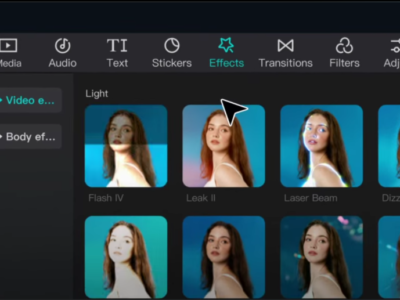
Video Editing Tips CapCut: Tips, Tricks, and Techniques
Video editing is an art, and there are proper tools and techniques, through them everybody… Read More »Video Editing Tips CapCut: Tips, Tricks, and Techniques
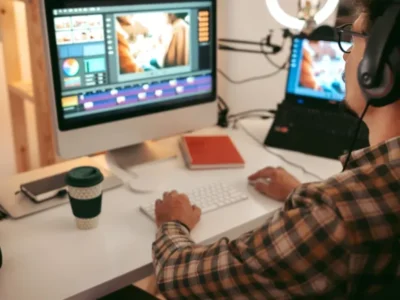
Factors to Consider Before Buying a Video Editing Computer
From helping grow your brand and business to editing just for fun with the love… Read More »Factors to Consider Before Buying a Video Editing Computer
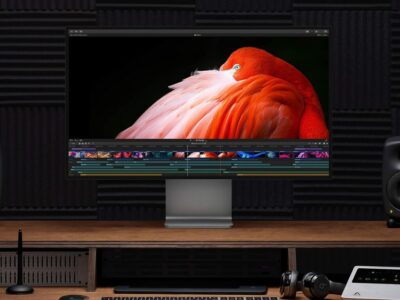
Best Video Editing Monitors in 2024
In the evolving world of video production, the importance of a high-quality monitor cannot be… Read More »Best Video Editing Monitors in 2024
